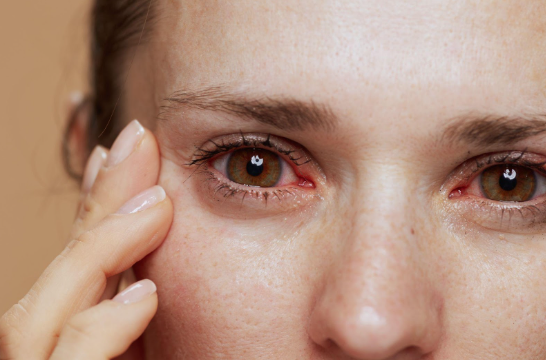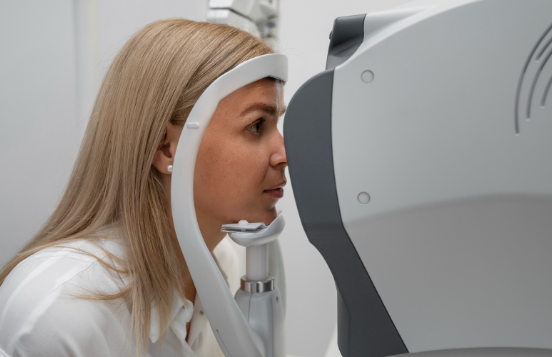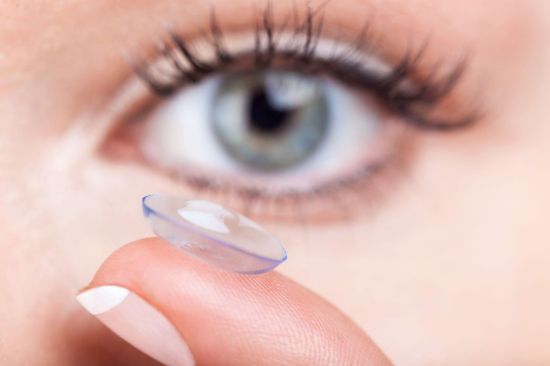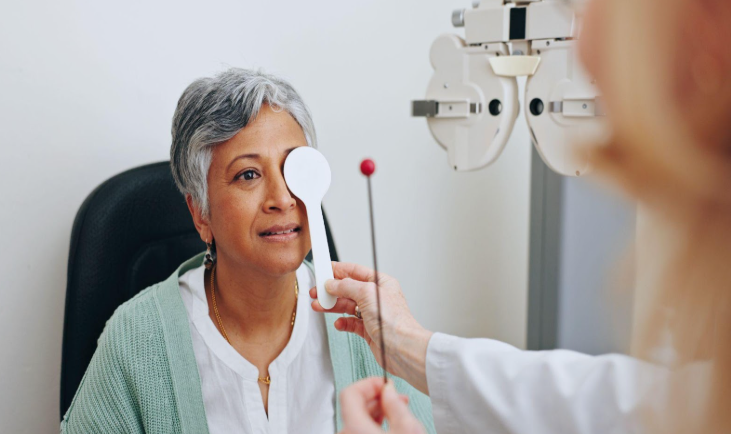Why Your Summer Vision Checklist Should Start With a Free LVC Consultation or Prescription Sunglasses
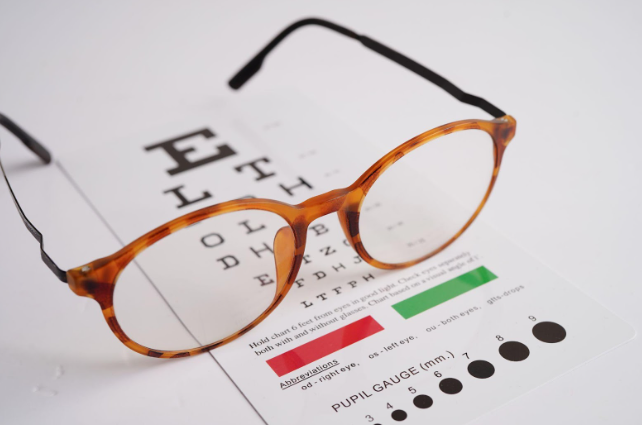
Sunlight, reflective surfaces, and prolonged exposure to UV radiation can gradually damage your eyes without noticeable symptoms at first. That’s why your summer vision checklist should begin with one of two smart steps: a free Laser Vision Correction (LVC) consultation or upgrading to high-quality prescription sunglasses.
Both options offer more than visual clarity; they actively protect your long-term eye health while enhancing comfort in intense sunlight.
Prioritize Complete UV Protection
Ultraviolet radiation causes progressive damage to the internal structures of your eyes, increasing your risk of cataracts, age-related macular degeneration (AMD), and abnormal tissue growth on the cornea or conjunctiva.
To prevent this, your sunglasses must block 100% of UVA and UVB rays, not just offer general “UV protection.” Inferior lenses may worsen exposure by dilating your pupils. Look for optical-grade lenses verified for full-spectrum UV defense to make sure you aren’t leaving your eyes vulnerable to long-term deterioration.
Reduce Glare with Polarization
If you frequently experience discomfort in high-glare environments, polarized lenses can dramatically improve both vision and comfort. They filter harsh, horizontal light waves that bounce off reflective surfaces like water, pavement, and car hoods. This results in clearer vision and reduced eye strain in bright conditions. They're especially useful for driving, sports, or time spent near sand and water, and also:
- Cuts surface glare significantly.
- Improves contrast and clarity.
- Reduces squinting and eye fatigue.
- Improves reaction time while driving.
Choose Prescription Sunglasses
Prescription sunglasses eliminate the hassle of switching between vision correction and sun protection. You get visual clarity and UV defense in a single pair. They are offered in single vision, progressive, and photochromic options, providing smooth usability for daily routines.
Driving-specific options include coatings that minimize dashboard glare and improve visibility. With optical customization, you can also include anti-reflective, polarized, or mirror coatings to match your daily routine and visual demands.
Understand Risks of No Protection
UV damage builds over time, and the effects can be irreversible. Extended exposure without protection can contribute to several serious ocular conditions, many of which progress without early symptoms:
Cataracts
Prolonged UV exposure accelerates the breakdown of lens proteins, leading to cataract formation. This clouding of the lens impairs vision and can progress faster in people who spend significant time outdoors without proper eye protection.
Age-Related Macular Degeneration (AMD)
UV and high-energy visible (blue) light can damage retinal cells, increasing oxidative stress on the macula. This can worsen or speed up the development of AMD, which causes central vision loss and has no cure once advanced.
Pterygium and Pinguecula
Protecting eyes from UV radiation is essential to prevent abnormal tissue growth on the sclera caused by prolonged exposure. Pinguecula appears as a yellowish bump, while pterygium may grow onto the cornea, distorting vision. Both are more common in people with frequent sun exposure.
Ocular Cancers
Chronic UV exposure raises the risk of rare but serious eye cancers, including conjunctival melanoma and squamous cell carcinoma. These may initially appear as subtle growths or discoloration on the eye’s surface and require prompt medical attention.
Add a Wide-Brimmed Hat
A wide-brimmed hat (at least 3 inches) adds a second layer of protection, shielding your eyes, lids, and surrounding skin. This combination is particularly important when you're near highly reflective surfaces or under midday sun. Wearing both together offers more complete coverage and reduces the risk of peripheral UV exposure.
Consider Laser Vision Correction
If you're ready to eliminate the hassle of prescription eyewear entirely, Laser Vision Correction (LVC) may be the right option. A free LVC consultation helps determine if you're a candidate and gives you a full picture of what to expect.
Using wavefront-guided technology, LVC reshapes the cornea to correct common refractive errors—including myopia (nearsightedness), hyperopia (farsightedness), and astigmatism—effectively reducing or even eliminating your need for glasses or contact lenses. This can be especially beneficial for individuals with active lifestyles. Whether you're playing sports, hiking, or spending time at the beach, LVC offers freedom from the limitations of prescription eyewear. It’s particularly helpful in situations where wearing contact lenses is discouraged, such as swimming or participating in water activities, helping you stay comfortable and see clearly without worrying about losing or damaging your lenses.
Some of its key benefits you should know include:
- Custom Corneal Mapping: Advanced 3D imaging captures thousands of elevation points across the corneal surface, allowing surgeons to personalize the laser treatment to the unique shape and curvature of your eye. This offers you more accurate reshaping and better night vision outcomes.
- Rapid Recovery with Minimal Downtime: Most patients experience sharper vision within the first 24 hours, with full functional recovery in just a day or two. There's little to no discomfort, and post-op restrictions are minimal, making it ideal for those with busy schedules.
- Reduced Dependence on Corrective Eyewear: LVC minimizes or eliminates the need for prescription glasses, contact lenses, and high-cost prescription sunglasses. Over time, the savings can be substantial, especially for those with strong prescriptions or specialty lens needs.
- Accuracy Through Advanced Diagnostics: Wavefront-guided diagnostics go beyond standard eye exams, detecting subtle optical imperfections known as higher-order aberrations. Addressing these leads to clearer, sharper vision, particularly in low-light conditions or for night driving.
Customize Sunglasses to You
High-quality prescription sunglasses can be customized with advanced materials and coatings that match your vision and lifestyle. You can improve your lenses with:
Scratch-Resistant Coatings
A durable surface layer helps prevent everyday wear and tear, extending the lifespan of your lenses and keeping vision crisp over time.
Anti-Reflective (AR) Coatings
These minimize distracting glare from roads, water, and other reflective surfaces, improving clarity during driving, sports, or high-sun environments.
Blue Light Filtering
Ideal for those using digital devices outdoors, these lenses help reduce eye strain and block harmful high-energy visible (HEV) light.
Mirror and Gradient Tints
Mirror coatings reflect intense sunlight, perfect for high-glare settings like beaches or snow. Gradient tints offer stylish shading, with darker tops for sunlight and lighter bottoms for better dashboard or screen visibility.
Don’t Overlook Special Cases
Children’s eyes are more sensitive to UV damage, so they need well-fitted sunglasses with full coverage and impact-resistant lenses. Contact lens wearers should know that most lenses lack UV protection, leaving eyes exposed unless sunglasses are also worn.
Post-surgical patients, especially after
LASIK or cataract surgery, require sunglasses to protect healing tissue and reduce light sensitivity. Each situation calls for specific lens types and is best guided by an optical professional.
An annual eye exam can also uncover early changes in your vision or eye health and ensure the solutions you choose are still right for you. Our eye specialists at
South Shore Eye Care offer customized solutions with access to a wide selection of high-quality lenses and frames.
Book your consultation today!
